Home>Dining>Table Decor>How To Connect Floral Arrangements With Vines
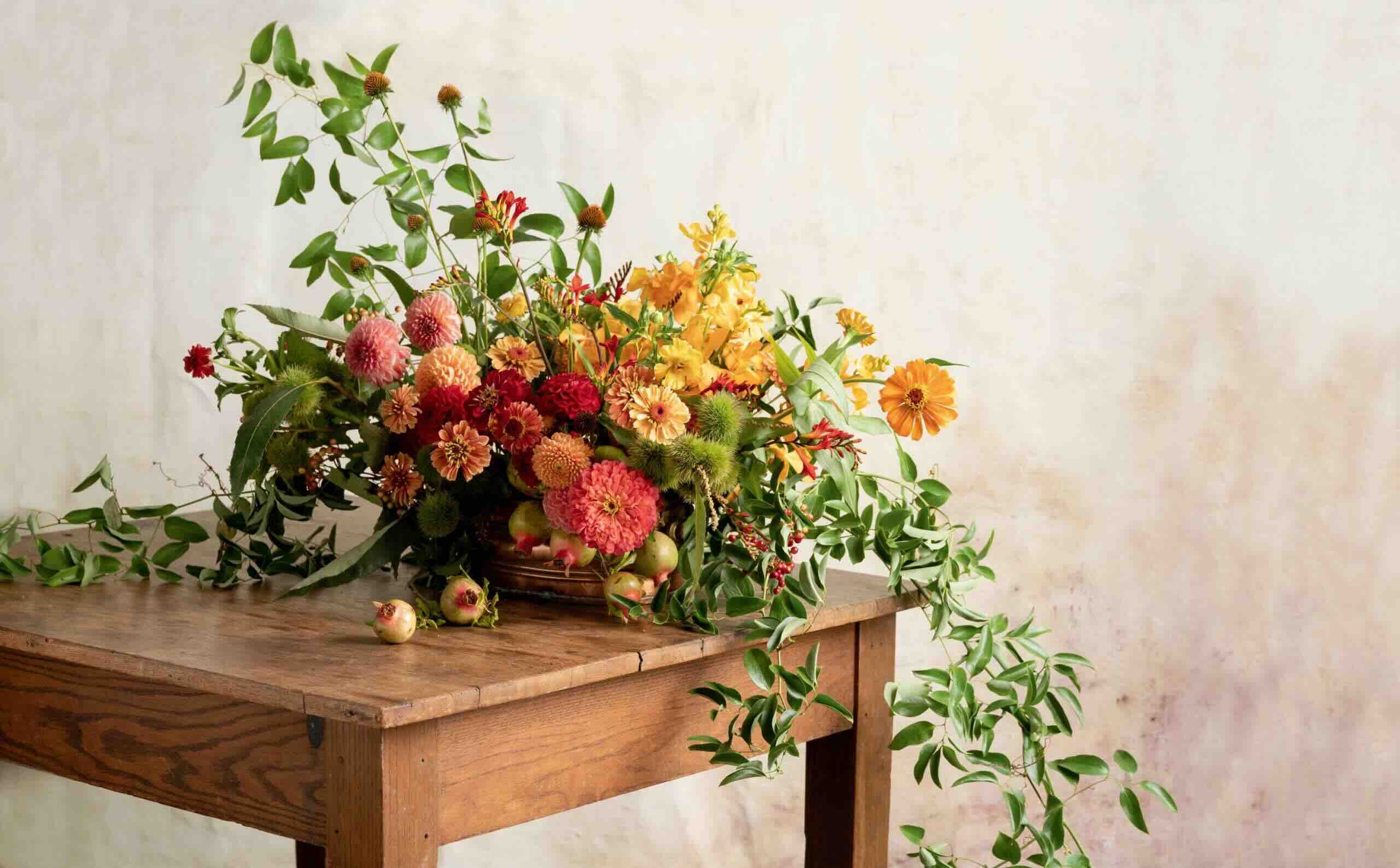

Table Decor
How To Connect Floral Arrangements With Vines
Modified: January 5, 2024
Learn how to elevate your table decor with the perfect combination of floral arrangements and vines. Impress your guests with stunning centerpieces that incorporate natural elements.
(Many of the links in this article redirect to a specific reviewed product. Your purchase of these products through affiliate links helps to generate commission for Storables.com, at no extra cost. Learn more)
Introduction
When it comes to table decor, floral arrangements are a popular choice. They add a touch of elegance and natural beauty to any setting. However, if you really want to take your table decor to the next level, incorporating vines into your floral arrangements can create a stunning visual impact.
Vines have a unique ability to add a sense of whimsy, romance, and sophistication to any floral display. They can be used to create cascading effects, add texture and depth, enhance the structure and shape of arrangements, and more. In this article, we will explore how you can connect floral arrangements with vines to create breathtaking table decor.
Before we dive into the techniques of incorporating vines, it is important to choose the right type of vines for your floral arrangements. Consider the color, texture, and thickness of the vines in order to complement and harmonize with the flowers you have chosen. Let’s delve deeper into the selection process.
Key Takeaways:
- Elevate your table decor by incorporating vines into floral arrangements. Choose the right vines, weave them through the flowers, and utilize techniques like draping and binding to create visually stunning designs.
- Maintain the freshness of your floral arrangements with vines by proper watering, trimming, and environmental control. Handle the vines with care and consider misting for certain varieties to ensure longevity.
Read more: How To Arrange Ikebana Floral Arrangements
Choosing the Right Vines for Floral Arrangements
When selecting vines to incorporate into your floral arrangements, consider the overall theme and style you are aiming to achieve. Different types of vines can evoke different moods and aesthetics.
One popular choice is the ivy vine, known for its lush green leaves and cascading growth habit. Ivy vines are versatile and can be used in various styles of floral arrangements, from rustic to elegant. They add a touch of classic charm and are perfect for creating a romantic ambiance.
Another option is the grapevine, which brings a rustic and natural element to the table decor. Grapevines are characterized by their twisting stems and can be used to create beautiful wreaths or as a base for centerpiece arrangements. They can be adorned with flowers or left bare, showcasing their organic beauty.
If you are aiming for a more exotic or tropical vibe, consider incorporating passionflower vines or clematis vines. Passionflower vines feature stunning and intricate blooms, while clematis vines produce show-stopping clusters of vibrant flowers. These vines add a pop of color and visual interest to your floral arrangements, making them a focal point on any table.
In addition to considering the aesthetics, it is important to choose vines that are durable and can withstand the environment they will be placed in. Some vines are hardier than others and can tolerate different levels of humidity, temperature, and sunlight. Make sure to choose vines that will thrive in your specific setting.
Lastly, keep in mind the length and flexibility of the vines. You want vines that are long enough to drape and weave through the floral arrangement, allowing you to create the desired visual effect. Additionally, flexible vines can be easier to manipulate and shape into different forms.
By carefully selecting the right vines for your floral arrangements, you can achieve a cohesive and visually pleasing table decor that will impress your guests.
Techniques for Incorporating Vines into Floral Designs
Now that you have chosen the perfect vines for your floral arrangements, it’s time to explore different techniques for incorporating them into your designs. Here are a few creative ways to connect the vines with your flowers:
- Weaving: One of the most common and visually appealing techniques is weaving the vines through the floral arrangement. Start by selecting a sturdy vine with enough flexibility to thread it through the stems and blooms. The vines can be intertwined with the flowers, creating a seamless and organic look. This technique adds texture and depth to the arrangement, making it more visually interesting.
- Draping: Another technique is to let the vines trail and drape over the edges of the vase or container. This creates a graceful and cascading effect, adding a sense of movement and elegance to the arrangement. Choose longer vines for this technique and position them strategically to achieve the desired effect.
- Wreaths and Garlands: Vines are perfect for creating wreaths and garlands that can be used as standalone decor or as a base for floral arrangements. Twist the vines together to form a circular shape for a wreath, or drape them along a table or centerpiece as a garland. You can then attach flowers, foliage, or other decorative elements to the vines to create a cohesive and visually stunning design.
- Binding: For a more structured and controlled look, you can use binders such as floral wire or zip ties to secure the vines to the stems of your floral arrangements. This technique is particularly useful for creating specific shapes or designs, such as heart-shaped arrangements or topiaries. Simply wrap the binder around the vine and secure it tightly to the stems, ensuring it blends seamlessly with the overall design.
- Trailing: Utilize the natural growth habit of the vines by allowing them to trail along the table or draping them over decorative objects. This technique creates an organic and effortless look, as if the vines have naturally found their place in the arrangement. It adds a touch of whimsy and can be used to fill empty spaces or add an unexpected element to the overall table decor.
Remember, these techniques can be used individually or in combination, depending on the desired look and theme of your floral arrangements. Be creative, experiment with different methods, and let the vines take your designs to the next level.
Creating a Cascading Effect with Vines and Arrangements
A cascading effect in floral arrangements can add a sense of drama and elegance to your table decor. By incorporating vines along with your flowers, you can create stunning cascades of foliage that gracefully descend from the arrangement. Here are some techniques to achieve this captivating look:
1. Choosing the right vines: Select vines with long, flexible stems that can easily drape and cascade. Vines like English ivy or stephanotis are excellent choices, as they have naturally trailing growth habits and add a touch of romance to the arrangements.
2. Creating a strong base: Start by arranging your focal flowers and foliage in a compact and sturdy base. This will serve as the anchor for the cascading vines. Make sure the arrangement is secure and can support the weight of the vines without toppling over.
3. Intertwining the vines: Begin weaving the vines throughout the arrangement, starting at the top and gradually working your way down. Gently wrap the vines around the stems and blooms, allowing them to naturally trail downwards. This technique creates a seamless connection between the vines and flowers, resulting in a cohesive cascading effect.
4. Balancing the length: Trim the vines to varying lengths to create a pleasing balance. Allow some vines to cascade dramatically down to the table, while others may gently brush against the surface. This creates a sense of movement and depth within the arrangement.
5. Incorporating floral accents: To enhance the cascading effect, consider adding flowers or small accents along the length of the vines. These can be strategically placed to create focal points and add pops of color. Choose flowers that complement the overall color palette and style of your arrangement.
6. Displaying the arrangement: Once your cascading vine and flower arrangement is complete, carefully position it on the table or centerpiece. Ensure that the cascading vines have enough space to fall gracefully and freely without tangling or overpowering the surrounding decor.
A cascading effect with vines and arrangements creates a visually stunning focal point that captivates the eye and adds an element of sophistication to your table decor. Whether it’s for a wedding, special event, or a simple dinner gathering, this technique is sure to impress your guests and elevate your overall table design.
When connecting floral arrangements with vines, use floral wire to secure the vines to the base of the arrangement. This will help create a natural and cohesive look.
Using Vines to Add Texture and Depth to Floral Displays
When it comes to table decor, adding texture and depth can elevate the overall visual impact of your floral displays. Vines are a wonderful tool to achieve this effect, as they bring a natural and organic element that enhances the texture and depth of your arrangements. Here are some techniques on how to use vines to enhance your floral displays:
1. Incorporating different vine varieties: Select a mix of vines with varying textures and shapes to add dimension to your floral displays. Combine vines with small delicate leaves, such as jasmine or ferns, with those that have larger and more robust foliage, like monstera or philodendron. This combination creates an interesting contrast and adds depth to the arrangement.
2. Weaving through the arrangement: Carefully weave the vines through the flowers and foliage in your arrangement. This technique not only adds visual interest but also creates a sense of movement and flow. The intertwining vines create a seamless connection between the elements, giving the arrangement a cohesive and textured look.
3. Layering the vines: Instead of simply weaving the vines through the arrangement, consider layering them at different heights and depths. Start with a base layer of foliage and flowers, and then add a layer of vines on top. This layering technique adds depth and dimension to the arrangement, making it visually captivating from all angles.
4. Trails and tendrils: Allow the vines to trail down from the arrangement, creating elegant tendrils that cascade along the table. This technique adds a whimsical and organic touch, as if the arrangement is reaching out and embracing the space around it. The trailing vines create a sense of movement and dynamism, enhancing the overall depth of the display.
5. Filling empty spaces: Utilize vines to fill in any empty spaces within the arrangement. These flexible elements can be manipulated to fill gaps and create a lush and full look. By strategically placing vines in areas that need more volume, you can achieve a balanced and visually appealing composition.
6. Adding vertical interest: In addition to texture, vines can also add vertical interest to your floral displays. Use tall and climbing vines, like jasmine or morning glory, to create height and draw the eye upwards. This creates a dynamic visual element that adds depth to the arrangement and makes it more visually captivating.
By incorporating vines into your floral displays, you can add texture and depth that will transform your table decor. Experiment with different vine varieties, weaving techniques, and layering to achieve a unique and visually stunning arrangement that will leave a lasting impression on your guests.
Read more: How To Sell Floral Arrangements
Enhancing the Structure and Shape of Floral Arrangements with Vines
Vines are not only decorative elements but can also be used strategically to enhance the structure and shape of your floral arrangements. By incorporating vines into your designs, you can create unique and eye-catching compositions that stand out. Here are some techniques to enhance the structure and shape of your floral arrangements with vines:
1. Creating a framework: Start by selecting sturdy and flexible vines that can be manipulated to form a framework for your arrangement. These vines will act as the structure around which you can build your floral composition. Choose vines with a natural curve or shape, like grapevines or curly willow, to add interest and character to the framework.
2. Forming a support system: Vines can provide support for delicate stems and flowers that may need extra stability. Gently wrap the vines around the stems of the flowers, helping them stay in place and maintain their shape. This technique is particularly useful for tall and top-heavy arrangements or when working with fragile blooms.
3. Directing the flow: Use vines to guide the flow and movement of your arrangement. Bend and curve the vines to create gentle arcs that guide the eye and create a sense of rhythm and harmony. This technique helps to visually unify the different elements of the arrangement and create a cohesive overall shape.
4. Adding cascading elements: Incorporate long, trailing vines to add a cascading effect to your arrangement. These vines can flow gracefully downward, creating an elegant and dramatic shape. The cascading vines provide a sense of movement and visually anchor the arrangement to the table, enhancing its structure and visual appeal.
5. Creating focal points: Use vines to draw attention to specific focal points within your arrangement. Position the vines strategically to lead the eye towards the main flowers or focal elements. This technique creates visual interest and adds depth to the arrangement by emphasizing certain areas and creating a focal point for the viewer.
6. Experimenting with shapes: Vines are highly versatile and can be shaped and manipulated to create various forms and shapes. Play around with the vines to create unique designs such as loops, arches, spirals, or even hearts. These shapes add a touch of whimsy and personal style to your floral arrangements, enhancing their structure and making them truly one-of-a-kind.
By employing these techniques, you can effectively use vines to enhance the structure and shape of your floral arrangements. Vines not only provide support and stability but also add visual interest and depth to your designs. Get creative, experiment with different vine varieties, and let the vines help you achieve stunning and captivating arrangements.
Tips for Maintaining Floral Arrangements with Vines
Once you have created your beautiful floral arrangements with vines, it’s important to properly care for them in order to maintain their freshness and visual appeal. Here are some tips to help you keep your floral arrangements with vines looking their best:
- Water properly: Vines, just like flowers, require water to stay hydrated. Make sure to check the water levels in the vase or container regularly and replenish as needed. Keep in mind that some vines may have different water requirements, so it’s best to research and understand the specific needs of the vines you are using.
- Trim the vines: Over time, vines may continue to grow and become unruly. To keep your arrangement looking tidy and polished, trim the vines as needed. Remove any excess growth that may detract from the overall design. Be careful not to cut off too much, as the vines play a crucial role in the aesthetics of the arrangement.
- Monitor the environment: Vines can be sensitive to extreme temperatures and humidity levels. Keep your floral arrangements away from direct sunlight, drafts, and sources of heat or cold. Additionally, be mindful of the humidity in the room, as excessive moisture can cause the vines to wilt. Ideally, maintain a comfortable and consistent environment for your arrangements.
- Remove wilted foliage: As time passes, some leaves or flowers may start to wilt or fade. It’s important to remove these wilted elements from the arrangement promptly to maintain its overall appearance. Not only will this improve the visual appeal, but it will also prevent any wilting or decaying foliage from affecting the health of the other components.
- Handle with care: When handling your floral arrangements, be gentle with the vines to avoid damaging or breaking them. Vines are delicate and can be easily torn or snapped. Take extra caution when moving or adjusting the arrangement to ensure the longevity of the vines.
- Occasional misting: Some types of vines benefit from occasional misting with water. This can help maintain their health and prevent them from drying out. However, be cautious not to mist excessively, as this can create a humid environment that may encourage the growth of mold or mildew.
By following these tips, you can prolong the lifespan of your floral arrangements with vines and keep them looking fresh and vibrant for longer periods of time. Proper care and maintenance will ensure that your table decor continues to impress and delight both you and your guests.
Conclusion
Incorporating vines into your floral arrangements can elevate your table decor to new heights. These versatile and natural elements add texture, depth, and structure to your designs, creating stunning visual effects that captivate the eye. By carefully selecting the right vines, weaving them through the arrangement, and utilizing various techniques, you can achieve breathtaking table decor that leaves a lasting impression on your guests.
Choosing the right vines is key to ensuring a cohesive and harmonious arrangement. Consider the color, texture, and length of the vines to complement the flowers and create a balanced composition. Ivy vines, grapevines, passionflower vines, and clematis vines are just a few examples of the countless possibilities available to you.
Techniques such as weaving, draping, and binding can be used to connect the vines with your flowers, creating beautiful and seamless designs. These techniques allow the vines to cascade, flow, and intertwine with the arrangement, adding movement and grace to your table decor.
Vines not only enhance the aesthetic appeal, but they also provide support, structure, and shape to your floral displays. They can form a framework, guide the flow of the arrangement, and create focal points that draw attention. Additionally, vines can be used to fill empty spaces, adding lushness and depth to your designs.
Maintaining your floral arrangements with vines is essential to keep them looking fresh and vibrant. Proper watering, trimming, environmental control, and removal of wilted foliage are key factors in preserving the beauty of your creations. Handle the vines with care and consider misting for certain vine varieties to ensure their longevity.
In conclusion, incorporating vines into your floral arrangements adds a touch of natural beauty, elegance, and creativity to your table decor. By following these tips and techniques, you can create visually stunning compositions that leave a lasting impression. Whether for special occasions, weddings, or everyday enjoyment, floral arrangements with vines are sure to elevate any table setting to a whole new level of sophistication and charm.
Frequently Asked Questions about How To Connect Floral Arrangements With Vines
Was this page helpful?
At Storables.com, we guarantee accurate and reliable information. Our content, validated by Expert Board Contributors, is crafted following stringent Editorial Policies. We're committed to providing you with well-researched, expert-backed insights for all your informational needs.
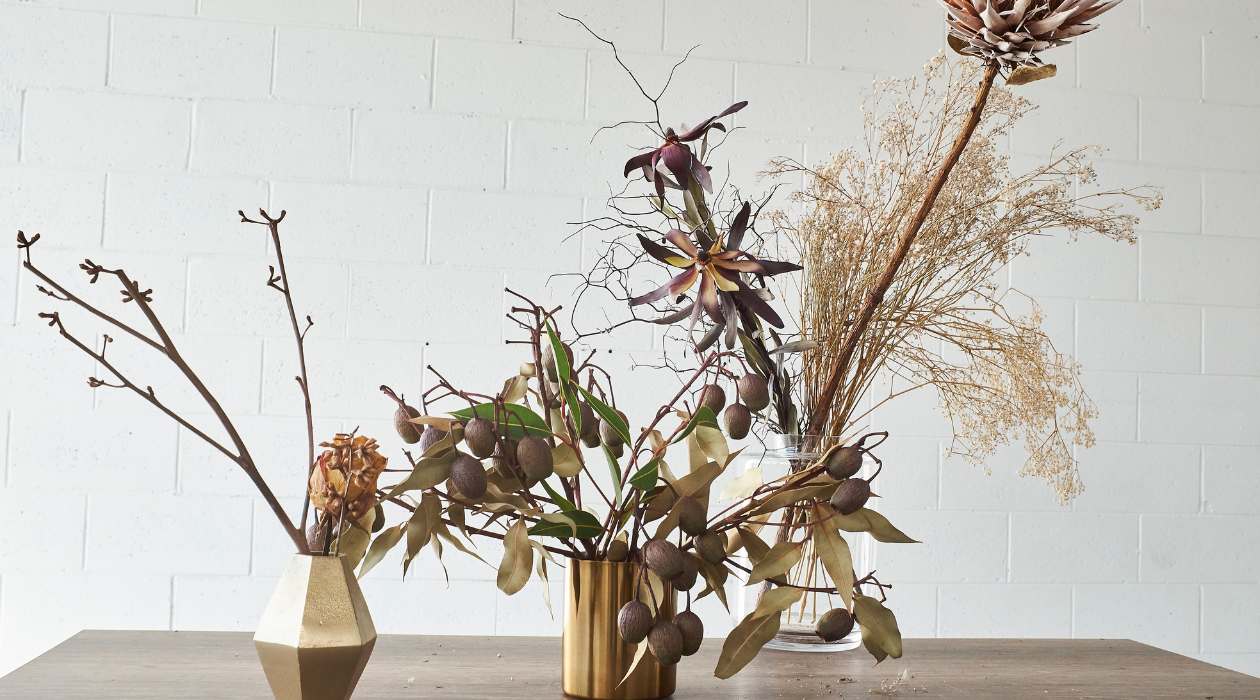
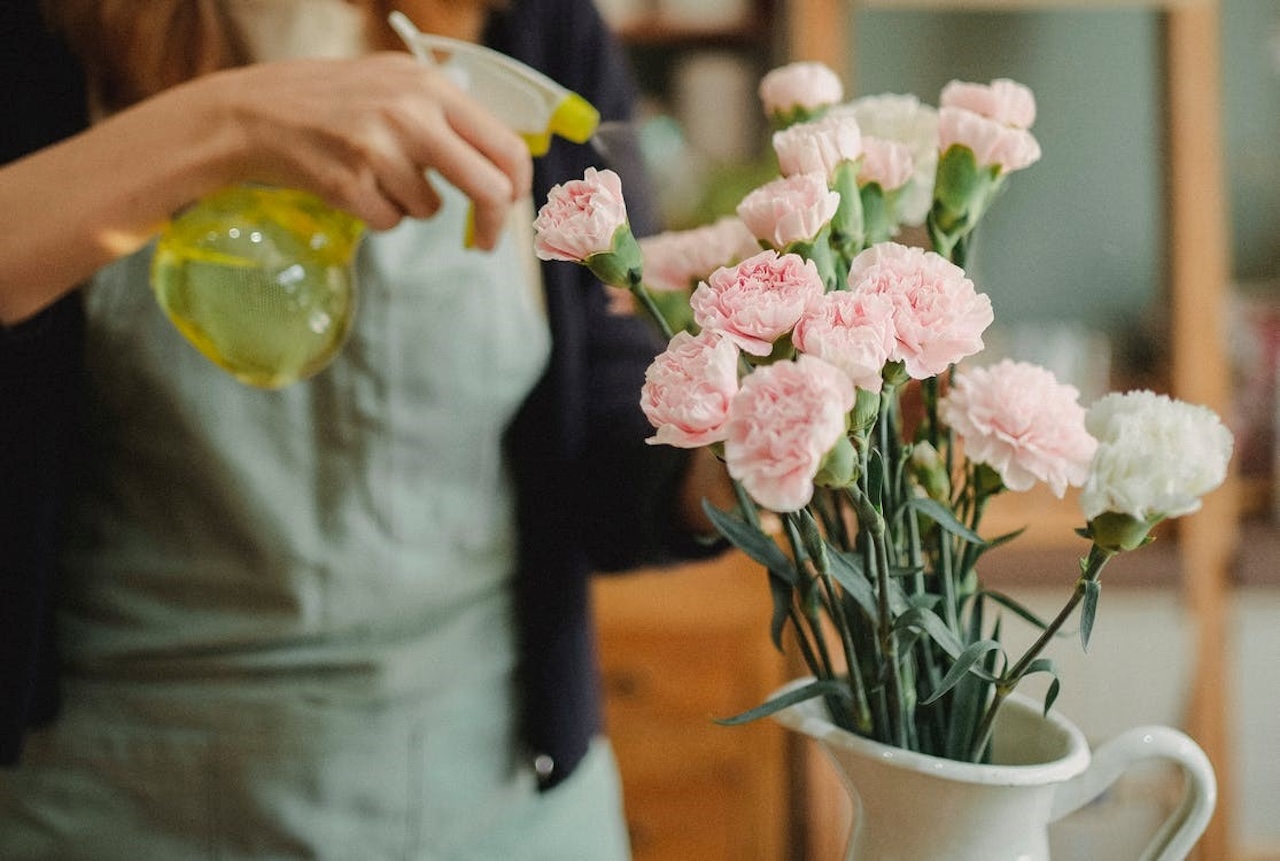
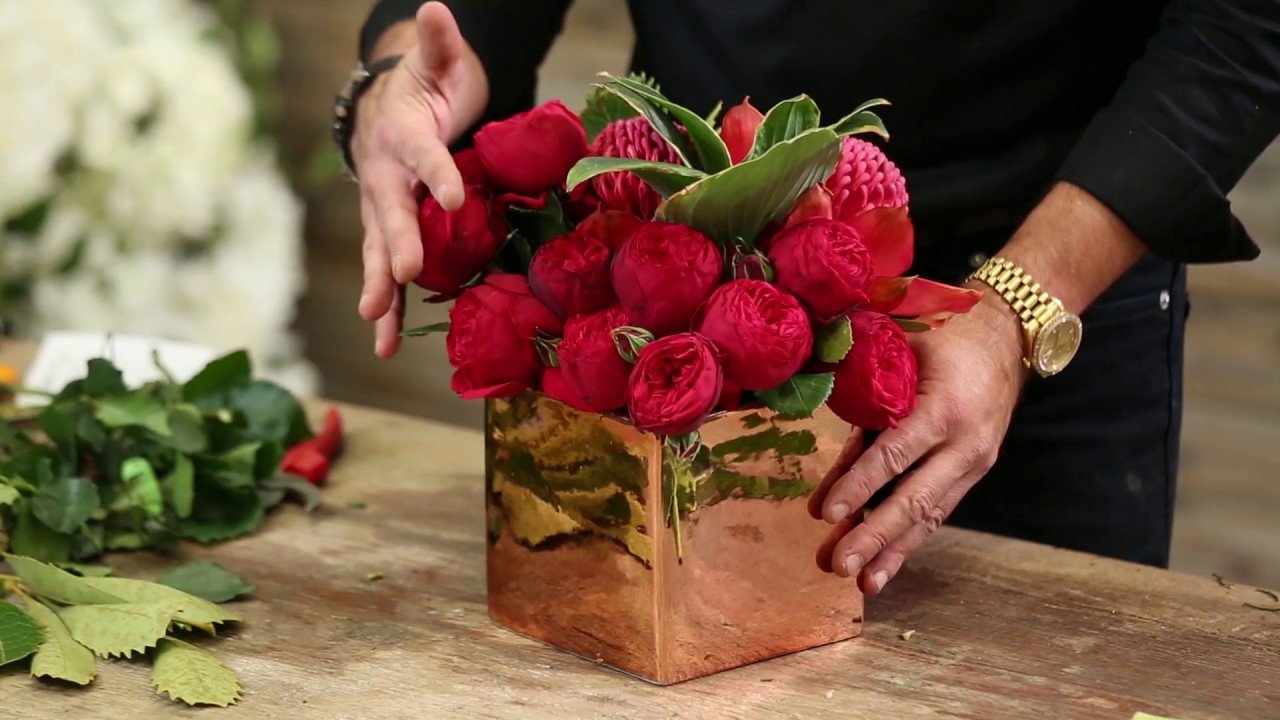
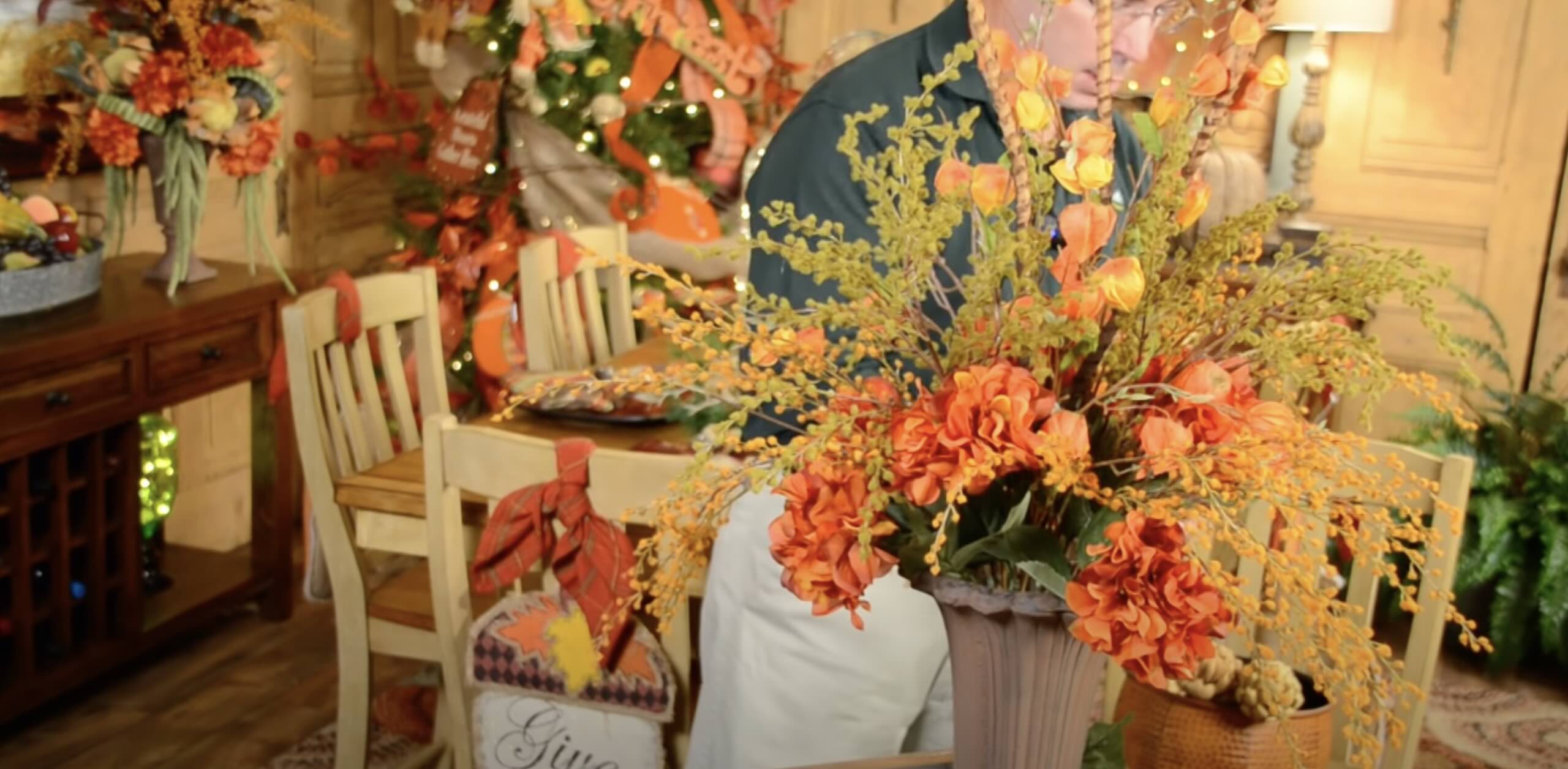
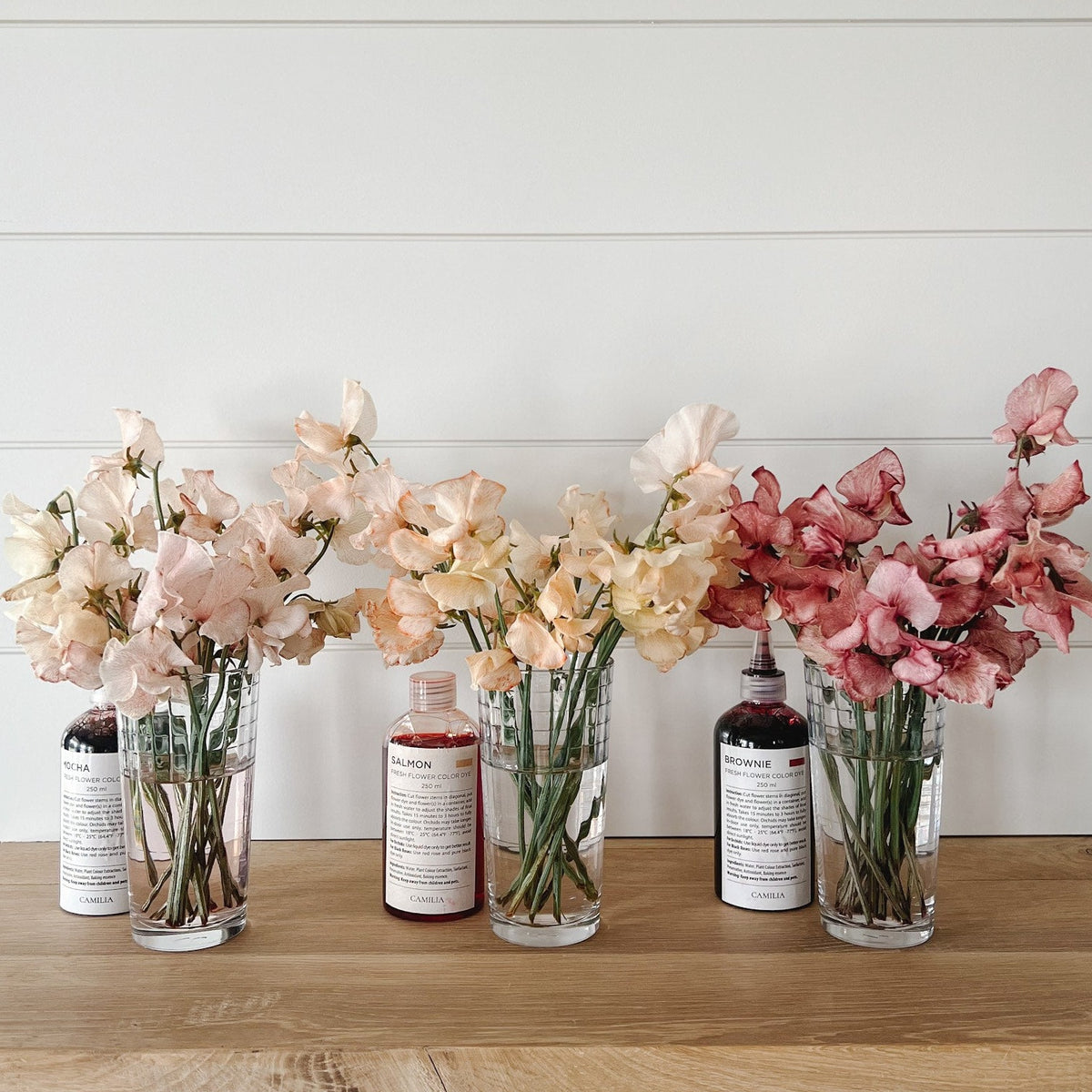
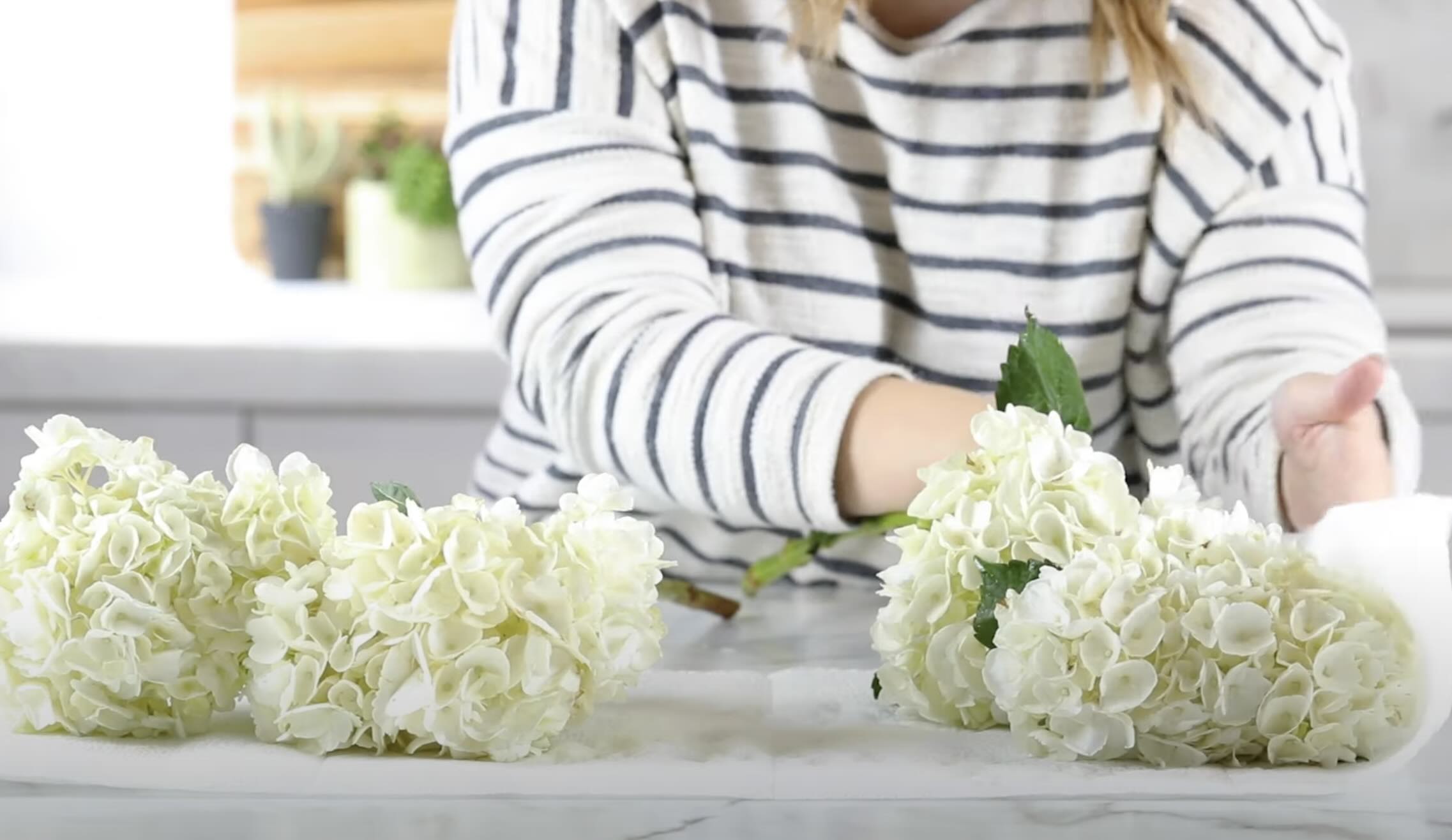

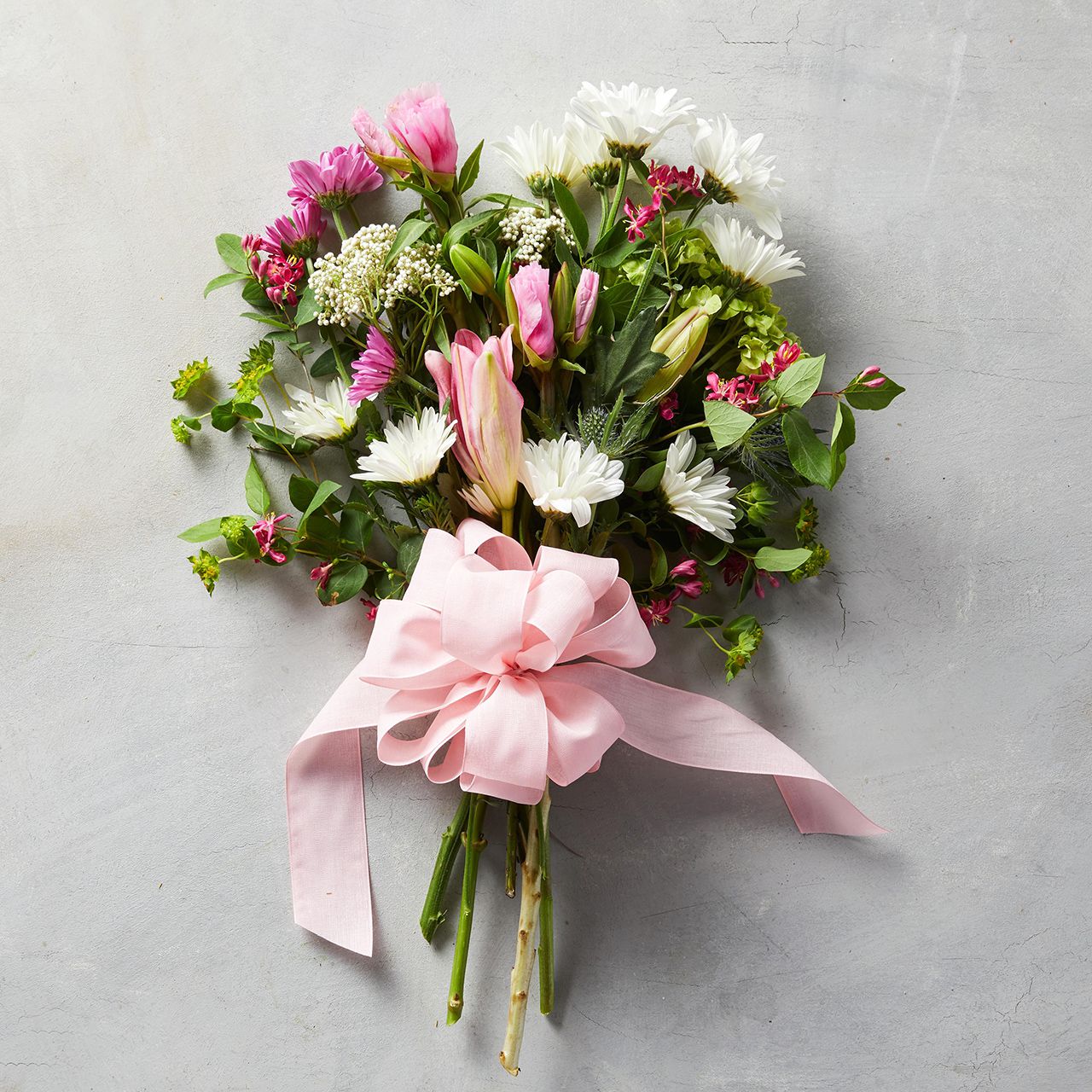
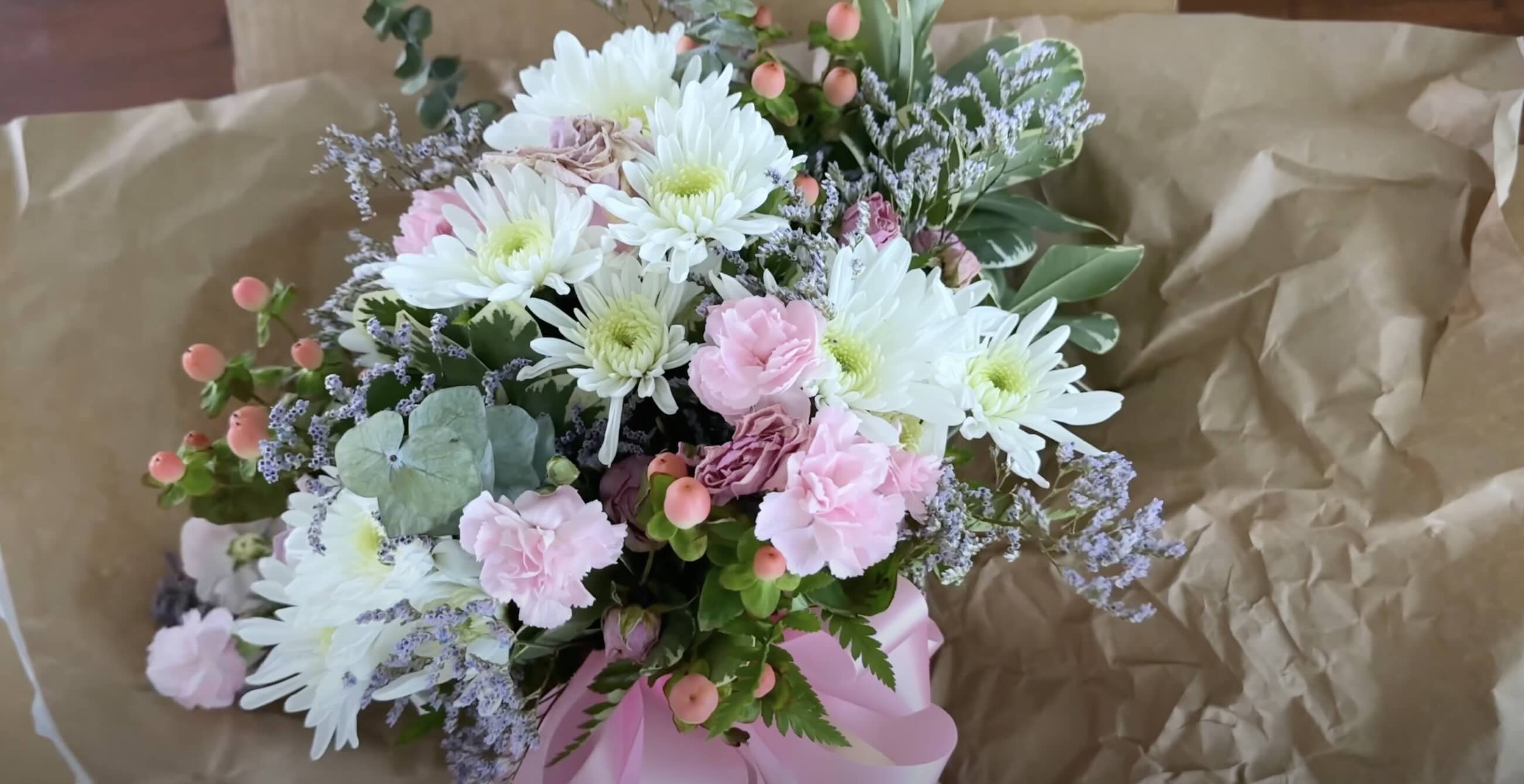
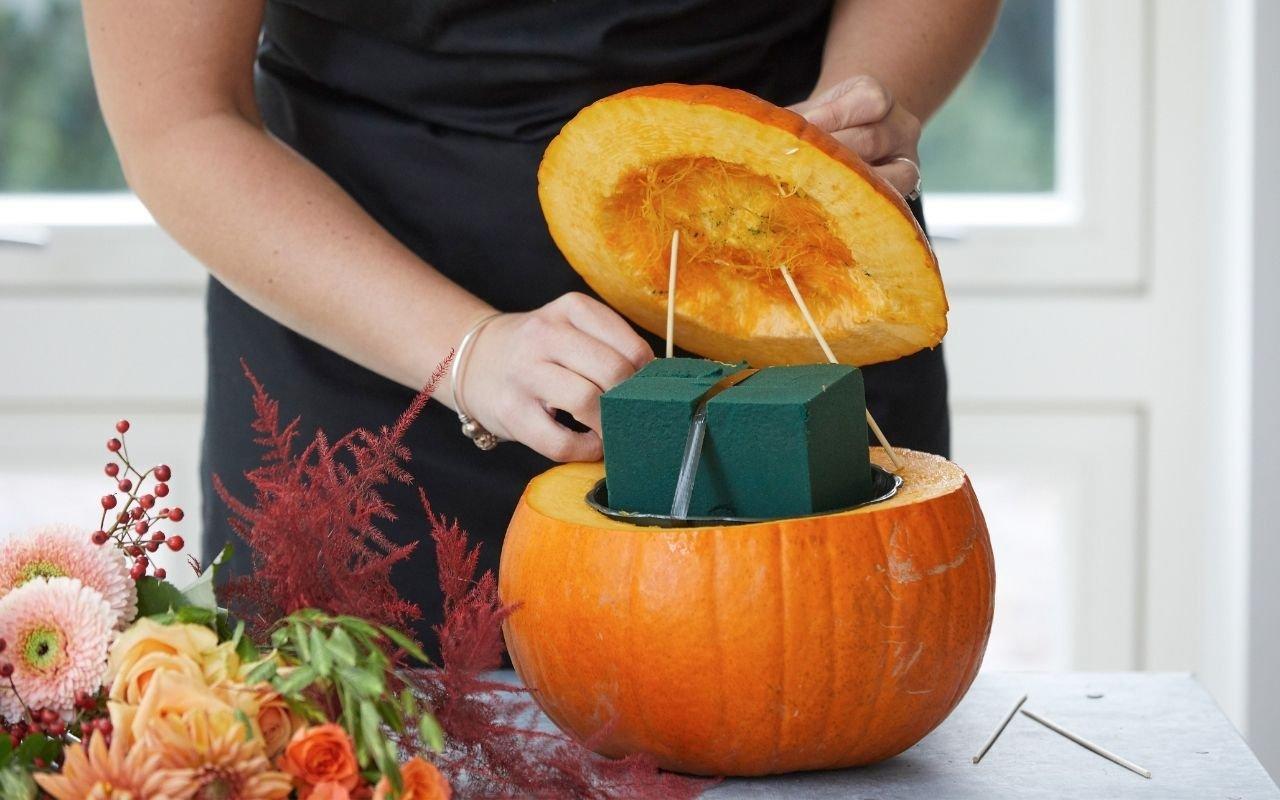
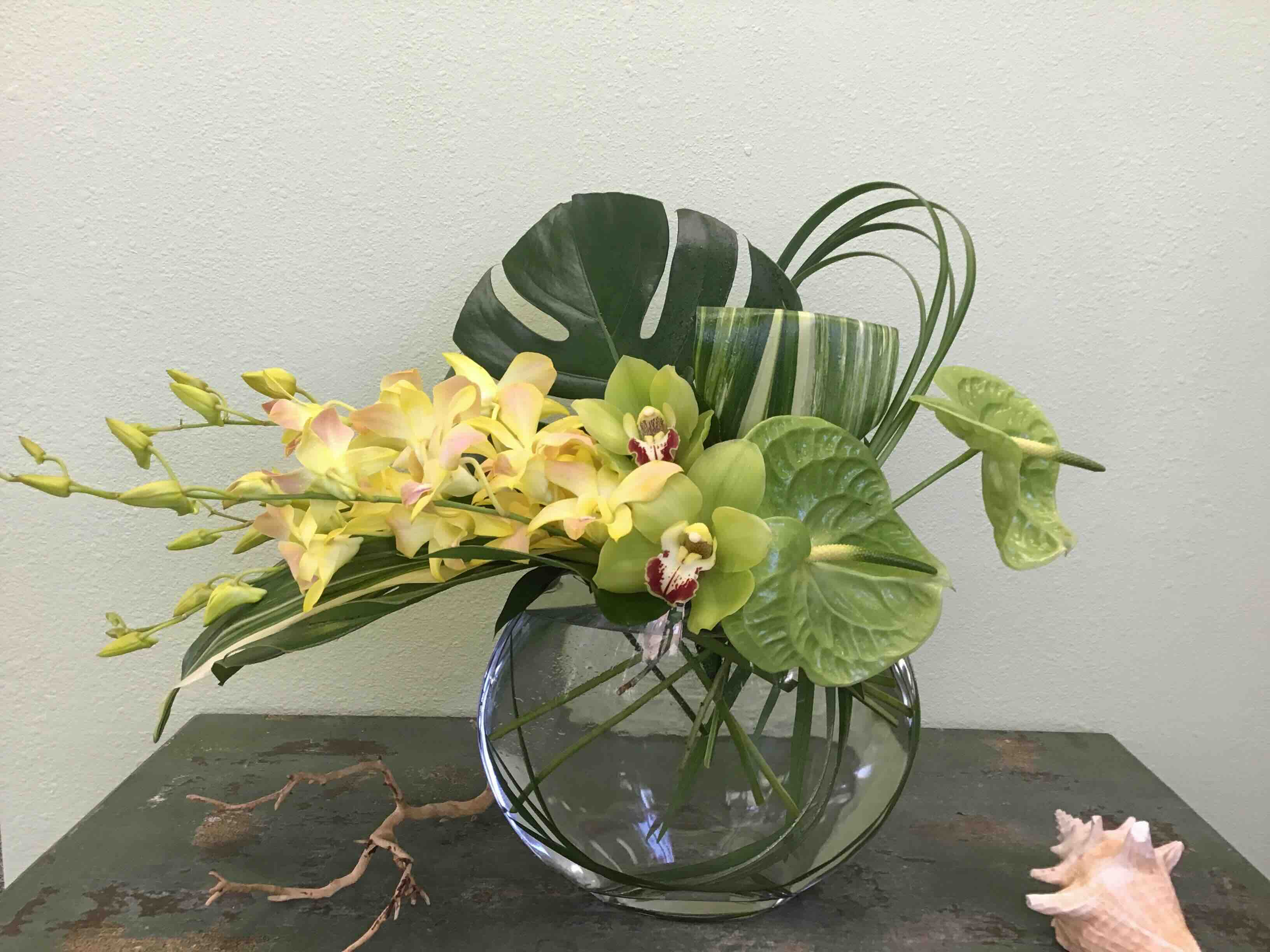
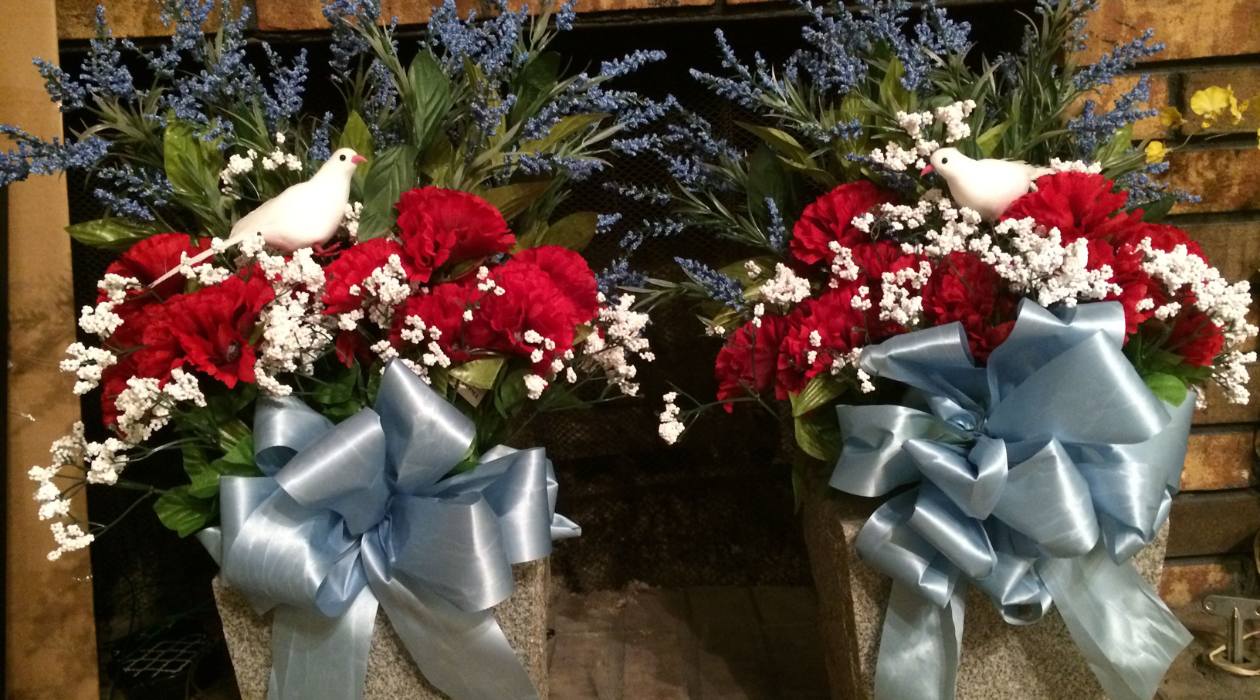

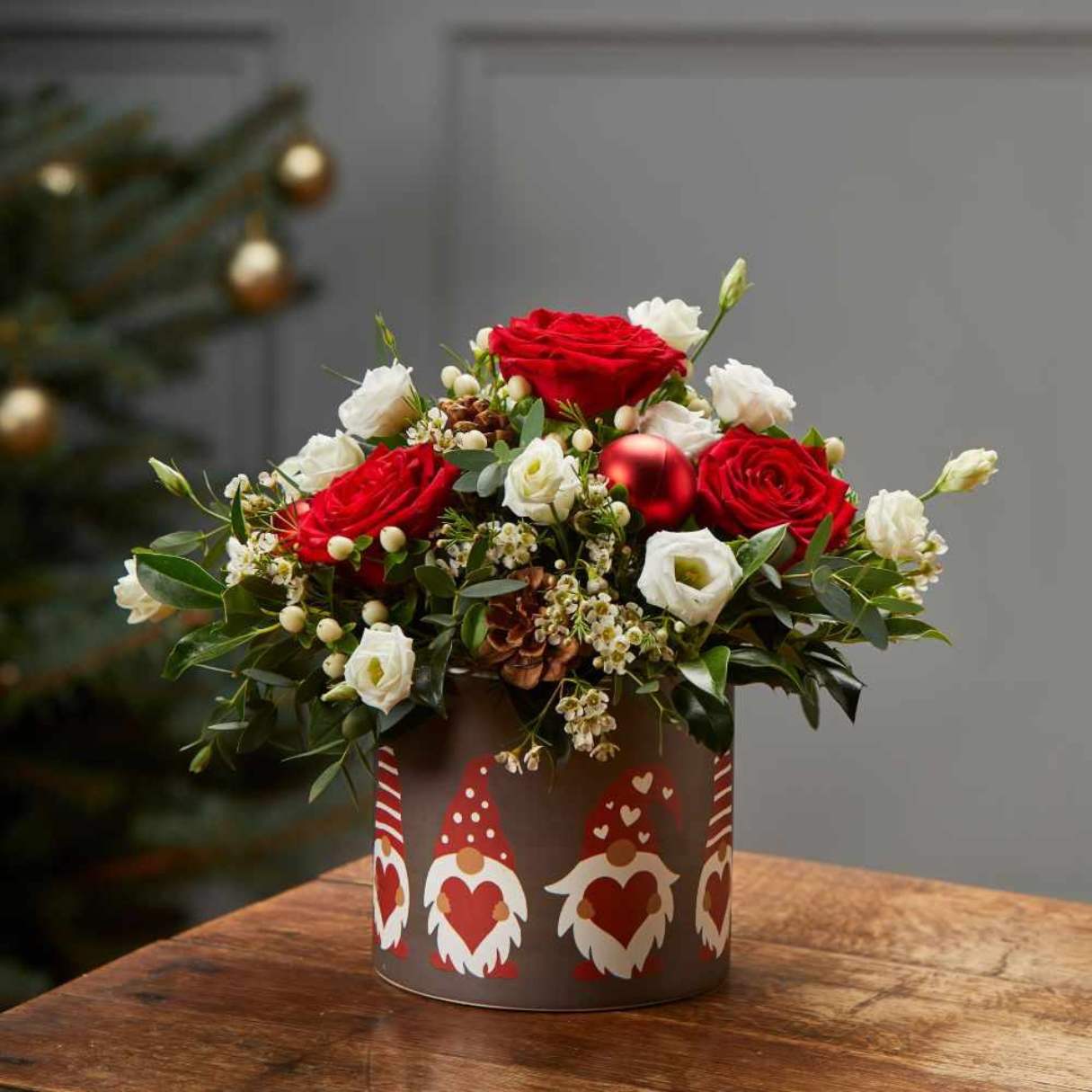

0 thoughts on “How To Connect Floral Arrangements With Vines”